How to Make Lacto-Fermented Watermelon Radishes
Ali Segersten Jul 09, 2025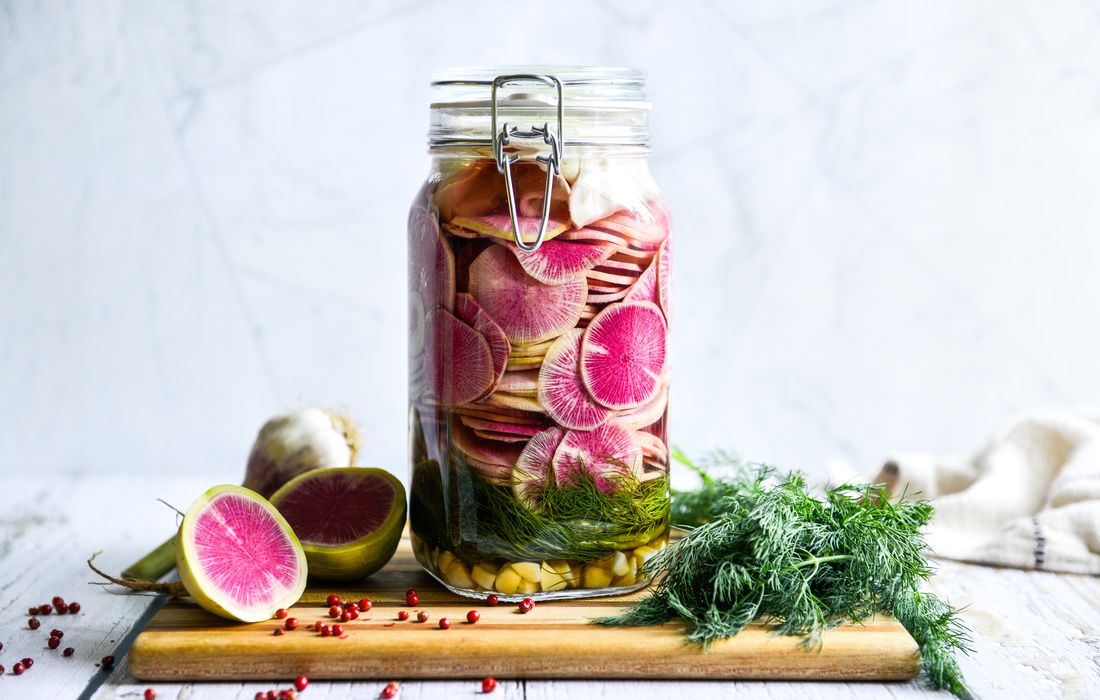
Watermelon radishes are one of my favorite root vegetables to ferment—especially in the summer and fall when they’re at their peak. Their vibrant pink interior and crisp texture make them perfect for lacto-fermentation, transforming into tangy, probiotic-rich bites that support digestion and gut health.
If you’ve never fermented vegetables before, this is a beautiful place to start. You don’t need any fancy equipment—just radishes, salt, water, and a clean jar. In a few days, your countertop will be home to a bubbling jar of living food, alive with beneficial microbes.
Add these fermented radishes to grain bowls, salads, tacos, or enjoy them straight from the jar for a zesty snack!
Why Ferment Watermelon Radishes?
Fermented vegetables offer more than just crunch and flavor—they provide living probiotics that help support a diverse and resilient gut microbiome. The natural Lactobacillus bacteria present on the skin of raw vegetables initiate the fermentation process when given the right conditions: salt, time, and an anaerobic environment.
Watermelon radishes are also rich in anthocyanins—the pigments responsible for their brilliant pink hue. During fermentation, these compounds break down into smaller phenolic metabolites, which continue to support the body through their antioxidant and anti-inflammatory effects.
Benefits of Fermented Watermelon Radishes:
- Supporting gut and immune system balance
- Enhancing nutrient bioavailability
- Providing phenolic compounds derived from anthocyanin breakdown
- Helping to regulate sugar cravings and modulate inflammation
How to Make Lacto-Fermented Watermelon Radishes
Making lacto-fermented watermelon radishes at home is simple and requires just a few basic ingredients and tools. Below is everything you need to get started—from crisp, fresh radishes to the right type of jar and salt.
Ingredients You’ll Need:
- Fresh watermelon radishes
- Filtered water
- Fine sea salt
- Optional: garlic cloves, peppercorns, or dill for flavor
Equipment You'll Need:
- 1 wide-mouth glass jar (pint, quart, or gallon)
- A small fermentation weight or cabbage leaf to keep veggies submerged
- A lid: use a fermentation lid, airlock system, or just a loose-fitting jar lid

About the Author
Alissa Segersten, MS, CN
Alissa Segersten, MS, CN, is the founder of Nourishing Meals®, an online meal-planning membership with over 1,800 nourishing recipes and tools to support dietary change and better health. As a functional nutritionist, professional recipe developer, and author of The Whole Life Nutrition Cookbook, Nourishing Meals, and co-author of The Elimination Diet, she helps people overcome health challenges through food. A mother of five, Alissa understands the importance of creating nutrient-dense meals for the whole family. Rooted in science and deep nourishment, her work makes healthy eating accessible, empowering thousands to transform their well-being through food.Nourishing Meals Newsletter
Email updates.
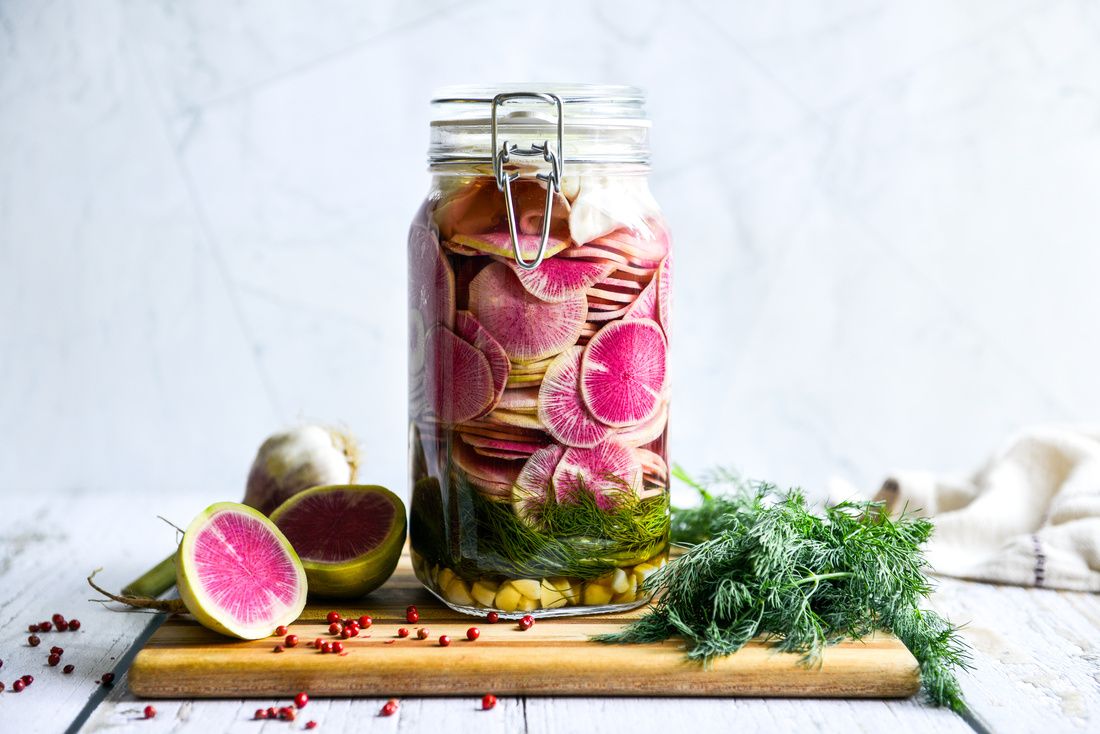

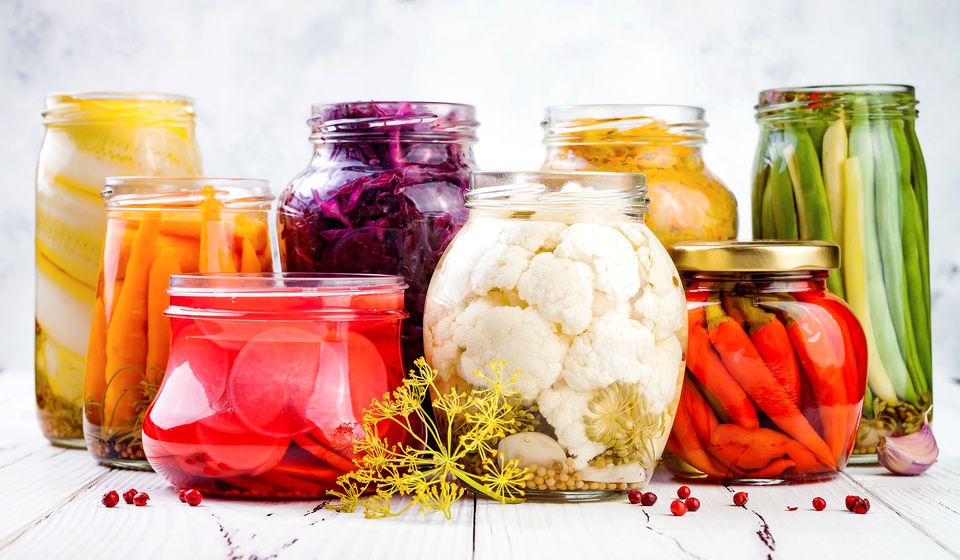
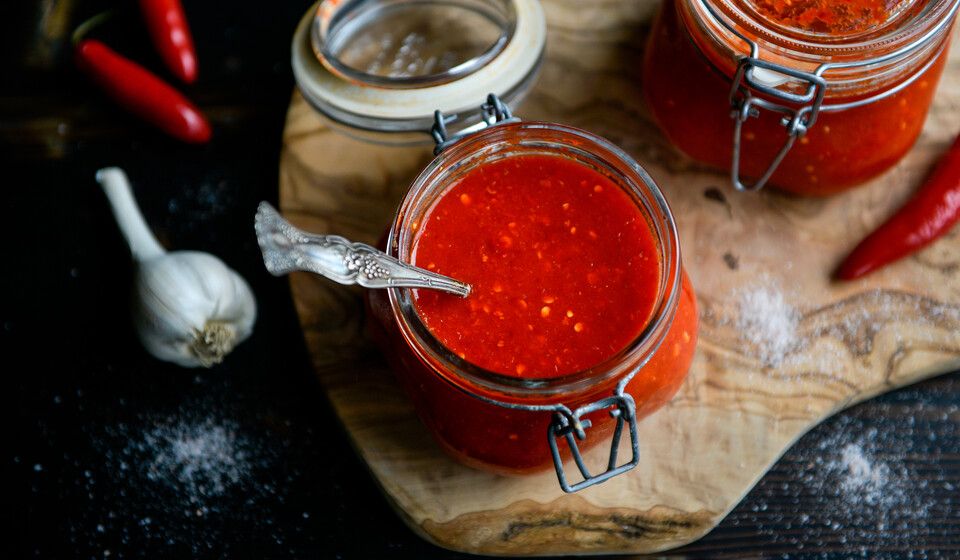
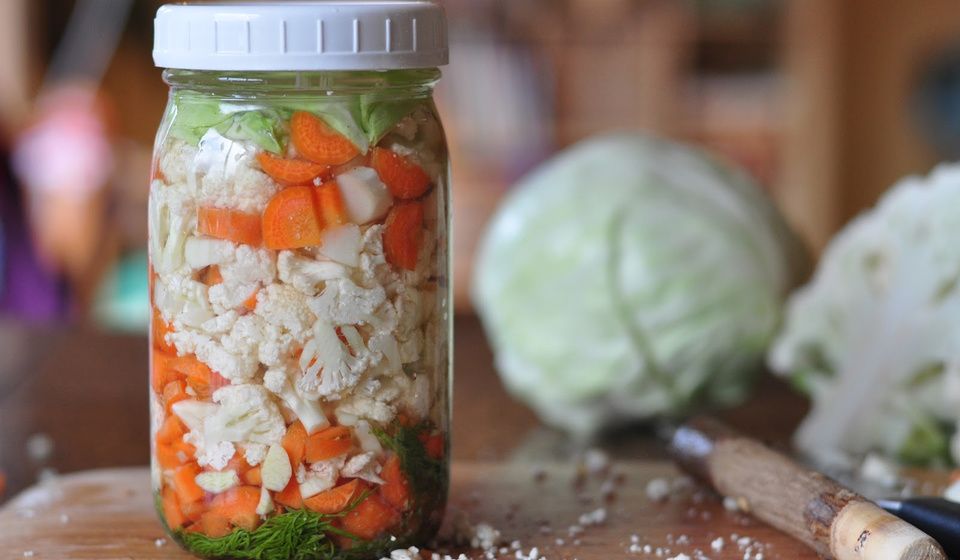
Add Comment